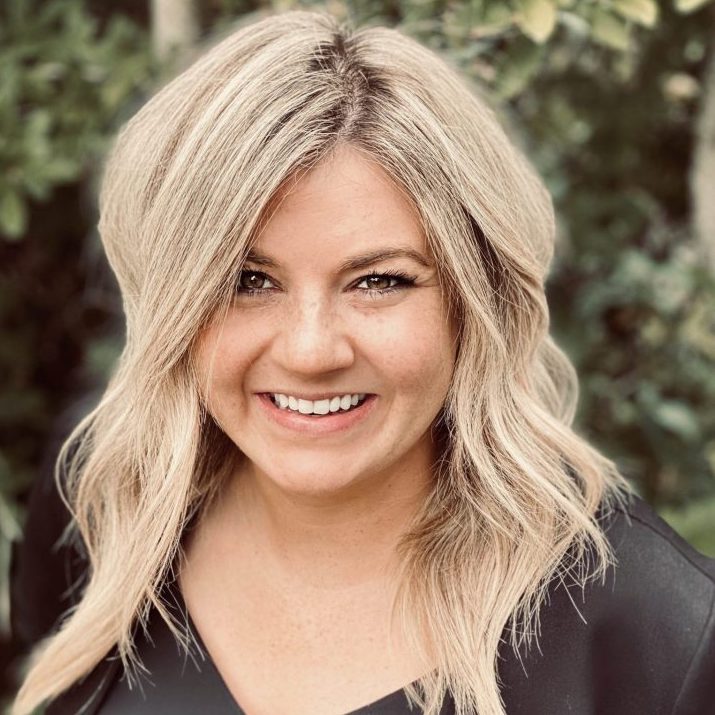In too many cases, school closures during the COVID-19 pandemic created havoc for students with disabilities and their families. School systems shifting to remote learning often did not prioritize the needs of students with disabilities, leaving them disconnected from classmates and opportunities to learn.
Now, as systems figure out how to recover, schools need to think beyond their usual approaches, such as simply increasing service minutes to help students catch up. They need to rethink the systems and assumptions that left too many students behind in the first place.
As part of a year-long study of special education in charter and district public schools during the pandemic, we talked with more than 60 teachers, administrators, parents of children with disabilities, and four middle school students with individualized education plans, all representing 15 schools across the country. Most of these schools kept their physical campuses closed for most of the previous school year.
Researchers are only beginning to quantify the academic, social developmental, and mental health effects on students qualifying for special education services. To us, the four students had a lot to say about the unique challenges they faced accessing remote learning and dealing with the related feelings of stress, depression, and lack of motivation—concerns that echo those being amassed by the media.
One student told us that anxiety and an inability to focus created serious barriers to engaging in remote learning, made worse by accessibility issues. This student is now worried about the additional stress of catching up on everything they missed.
“I didn’t really do a lot of it (remote school) because it would stress me out so much and… I would have breakdowns all the time,” they said. “It was really hard for me to keep focused and I felt like it was more harm than good.“
Pre-pandemic, many students with disabilities needed explicit, continuous intervention and support to establish routines, build skills to independently navigate classrooms and schools, and establish friendships. Moving their education to the remote setting presented an entirely new set of skills and routines to learn, with uncertainty and disruptions making this all the more difficult. One student couldn’t cope with the stress of remote learning, lost motivation, and sought the help of a private therapist.
“Every day it felt bad, and I would just be super worried, and I would get super stressed,” they said. “And usually for school, I’m really good at staying on top of things. I try my best to get everything turned in on time. But when we were shut down and staying home I could not do anything. I had no motivation.”
The students we spoke with identified increased feelings of disengagement, isolation, and disconnection from their friends. For students with disabilities, social interaction and the development of friendships is often difficult. The sheer number of skills needed to engage with peers is vast. Transferring social skills and existing friendships to a new context is difficult for many students—but all the more so for students with disabilities.
One student described the toll of being cut off from school and their peers. “At home, yeah, you’re with your family all the time, but it’s really lonely,” they said. … “[T]hey’re in their own little worlds.”
Recess, lunch, and other activities that enable socialization during the school day could not be replicated online, and social interaction was rarely prioritized. When educators and peers did try to replicate in-person social interactions online, the steps to do so were often complex and sometimes impossible for students with disabilities. Even contributing to group discussions was difficult.
“I don’t get to see my friends or anybody in person anymore,” one student said. “Just to be online and remote learning, seeing them through a computer screen, it’s so odd and it’s kind of upsetting.”
Even back in person, socialization—and the accompanying opportunity for students with disabilities to practice meaningful skills and foster friendships—is limited as schools try to maintain physical distance between students in the face of the Omicron variant.
The experiences of these students echo the research-based evidence beginning to emerge demonstrating numerous negative outcomes for individuals with disabilities and their families during the pandemic, including depression, sleeplessness, and even suicidal ideation.
That said, each child’s experience is different—so each needs different interventions and support to make up what was lost, both academically and socially. So when educators consider how the pandemic’s lessons can help them improve education for students with disabilities, they need to consider this variety. Systems should be designed to flex and ensure those varied needs are met. Schools too often create a default approach that leaves students with complex needs behind, and then attempt to provide accommodations, modifications, or support services to make their default system accessible. Remote learning efforts that denied students with disabilities equitable opportunities to participate in school, and exacerbated their existing challenges building social connections, illustrate the flaws in this approach.
One important way for parents, educators, administrations, and therapeutic service staff to ensure they address this variety is to elevate the student voice, both in school- and district- wide decision- making and in individualized education program (IEP) team meetings.
How else might they build a more responsive system?
- Instead of attempting to help students recover lost learning by adding more minutes of special educational accommodations to IEPs, administrators should consider approaches like Universal Design for Learning, in which educators design learning experiences to work for all students.
- They should ensure social time is not put on the chopping block as they try to pack missed curriculum into the school day.
- They should prioritize the mental health, counseling, and social needs of students with disabilities; staff sufficiently; and use creative strategies to address those needs.
Meeting all of the needs of students with disabilities, at a time when schools are struggling to enough hire educators especially in difficult-to-staff special education positions, will require leaders to take a step back and examine the factors that prevented them from serving students with disabilities effectively during the pandemic, and what must be done differently.
Although there were bright spots, the harsh reality is that special education services, accessibility, and accommodations were unevenly implemented last year. Too many students did not make the progress they could have with appropriate support in place. Looking forward, we need inclusive approaches to learning that are designed from the outset to meet the needs of students with the most complex needs.
We must not let the needs of students with disabilities be put last yet again.





